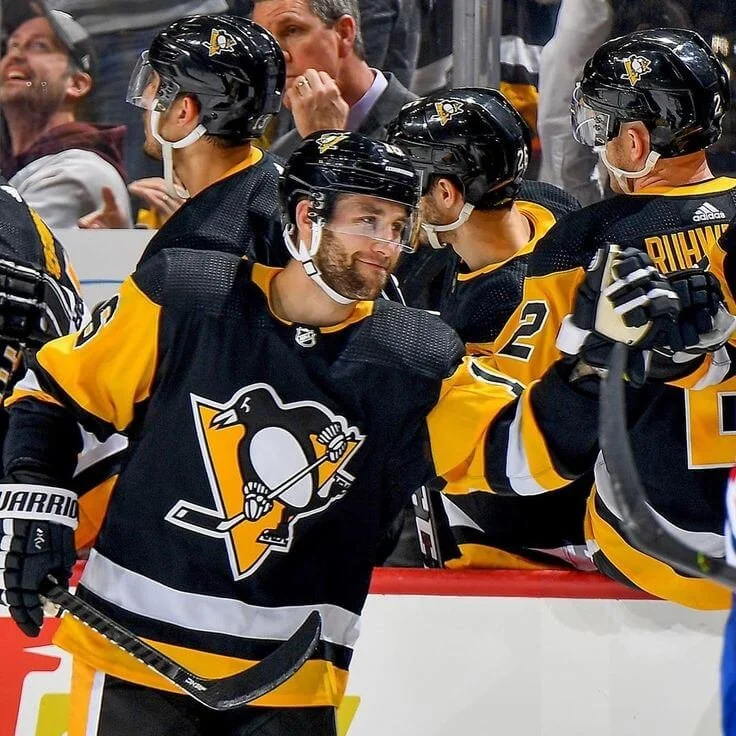A Guide to NHL Overtime Rules
Everything You Need to Know About NHL Overtime
While in most professional sports, overtime rules are clear and consistent, Ice Hockey is an exception to that rule.
The key features of NHL overtime rules
During the regular season, if the game is tied after 60 minutes, the players must play for 5 more minutes. If a player scores during this time, the game is over and this team are declared the winner.
Regular season games that go to overtime without anyone scoring end in a dramatic shootout
During playoff games, if the game is tied after 60 minutes, the players must play for 20 more minutes. Additional periods are added until someone scores
In the past, NHL teams have played multiple overtime periods before finally declaring a winner
Changes to NHL overtime rules
The main element of overtime that changed at the beginning of the century (more specifically before the 2005-2006 season) was the abolition of ties.
For many years, if a game was tied after 3 periods, another period would be played and the team that scored first would win.
If there was no winner after the overtime period in the regular season, the result would be a tie.
If it was a playoff game, the 2 teams would play as many periods as necessary until there was a goal.
Although the rules have changed, overtime games, at least during the regular season, have become a lot shorter.
The difference between overtime in the regular season and the playoffs
NHL Regular Season Overtime Rules
Overtime ice hockey is a lot faster in the regular season, due to the fact that there are fewer players on the ice.
After the regular playing time is over, there is one 5-minute additional period. Instead of 5 on 5, the overtime is played 3 on 3. This rule came into place in the 2015-16 season.
If after the 5-minute period there is still a tie, the game then goes to one of the most exciting plays in ice hockey - a shootout!
The shootout is a best of 3 and the team with the most goals at the end of the shootout wins.
If there is a tie at the end of the shootout, then there are subsequent rounds until one team has scored one more time against the opposing goalie.
Overtime in the regular season affects both the winning and the losing team. The team that loses in regular overtime still gets one point in the standings.
For those who aren’t familiar with the way NHL division standings work, instead of simply counting wins and losses, there is a points system.
You get:
2 points for a win (regardless of whether or not it is regulation or overtime)
1 point for an overtime loss (before these new rules were put in place, it had to be a tie)
No points for a regulation loss
NHL Playoffs Overtime Rules
During the playoffs, the overtime rules are much different and they require a different type of grit from the players
Why? Because players take part in another 20-minute period, and, if the game is still tied after that, they have to play again.
Both teams keep playing until one of the teams scores a goal. The team that eventually scores is considered the winner.
If no-one scores a goal in the first overtime then the game goes to a second overtime, and so on until someone scores.
Famous NHL overtime games
1936 NHL Semis
The 1936 NHL Semis game holds the record for the longest overtime game in NHL playoff history.
6 overtime periods were added to this game before the Detroit Red Wings eventually won!
2000 Eastern Conference Semis
In May 2000, the Philadelphia Flyers and Pittsburgh Penguins experienced a brutal game at the Eastern Conference Semis.
This game had 5 added overtime periods, making it the third longest NHL playoff game in history.
2020 East First Round
In the 2020 playoffs, Tampa Bay and Columbus played against each other in an East First Round game that experienced 5 additional overtime periods.
This meant that the game lasted over 6 hours in total!
Positives of the NHL overtime system
Everyone has a different opinion about the NHL overtime system for regular seasons and playoffs.
One of the positives of this system is the entertainment factor.
Like any other sport, ice hockey is in the business of entertainment, and the shootout is one of the most exciting plays in ice hockey.
This is because it is purely shooting, versus the goalie.
Goalies are skilled enough that the shooter has to be able to outmanoeuvre them, and they need to have a move in mind ahead of time.
They also need to be able to adjust to the goalie, in case they do something unexpected.
The goalie has to be able to react to the shooter in a very quick manner, which can make for some very exciting finishes.
Negatives of the NHL overtime system
There are a few negatives of the current NHL overtime system.
Many people don’t think that overtime losses should count as a point.
The net result is still a loss, so why reward the team for delaying that loss? It doesn’t happen in any other sport.
This is one of the main criticisms of the NHL overtime system for spectators.
Many NHL fans also criticise the fact that regular season overtime is used more for entertainment purposes than for the good of the sport.
Check out our HUGE NHL QUIZ








